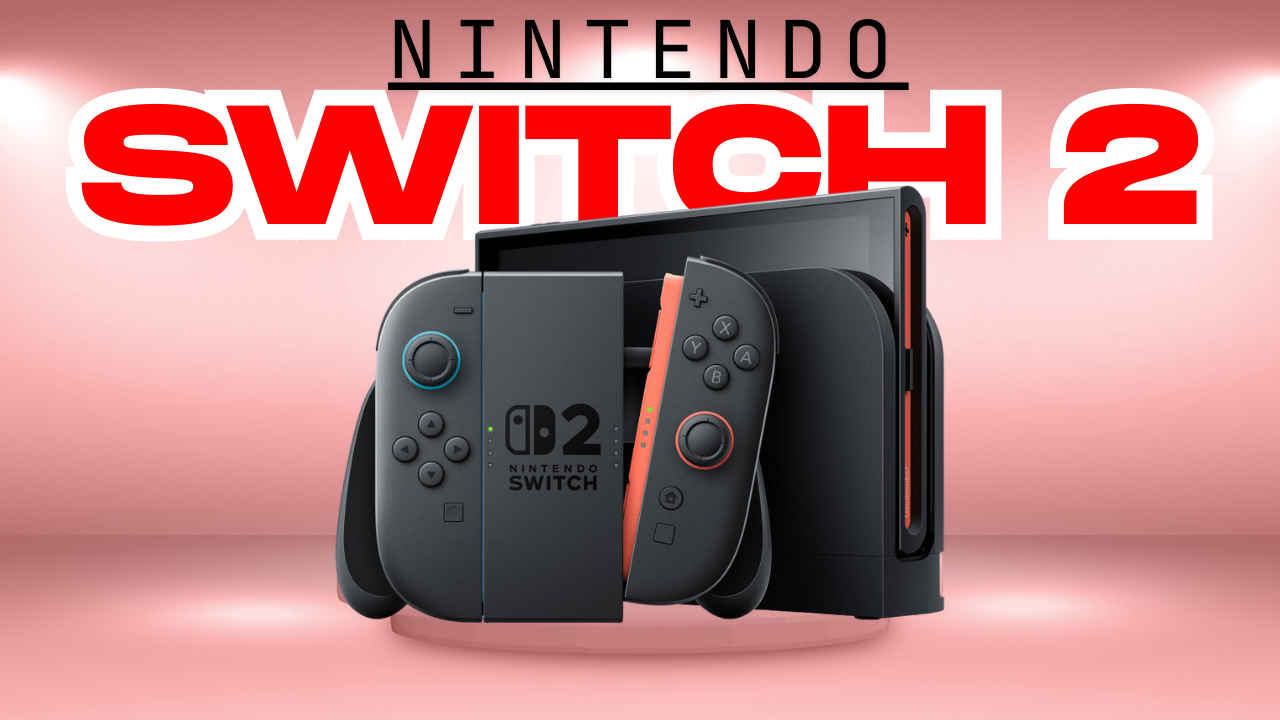

With the rise of online lobbies and the disappearance of couch co-op (a staple of yours truly growing up in the 1990s), something was lost in gaming. You could still connect over lobbies and headsets, sure, but it was never quite the same as a bunch of friends crammed on a sofa, laughing over pixelated mayhem on the same screen. The Nintendo Switch 2 seems to know that. And if its latest reveal is anything to go by, it wants to bring some of that magic back.
Also read: Nintendo Switch 2 announced: Release date, features, and game lineup revealed
Seems to me with the Switch 2 announcement so far, Nintendo isn’t just trying to make a better gaming handheld. It’s trying to enhance real human connection through gaming, something that’s been missing in a lot of modern multiplayer games, if you ask me.
Yes, you read that right. The Switch 2 comes with an optional camera accessory, priced at $49.99, and it changes more than you’d think. Launching alongside the console on June 5, it unlocks something called GameChat. You press the new ‘C’ button and suddenly, your friend’s face appears in the corner of your screen while you’re playing.


And somehow, that tiny overlay does something profound, making the interaction feel more real. This isn’t just voice chat. It’s about being present here and now. It’s seeing someone smile or flinch or react as you both navigate the same digital world. And in a world where we’ve gotten used to playing with people we can’t always see, this is Nintendo subtly reminding a generation how it can be a whole lot of fun.
Then there are the Joy-Con 2 controllers. On the surface, they still snap onto the console – now magnetically, with a satisfying click. But slide one across a table and you’ll feel something new – they double as a kind of physical mouse. That’s right, a literal, slide-it-on-a-surface kind of mouse.
And that opens up possibilities. Think about top-down strategy games. Inventory management in survival horror. Scoped aiming in shooters. It’s a subtle reinvention of control, not just for novelty’s sake, but for making games more tactile again. Slightly weird, slightly delightful, and somehow deeply intuitive once you try it – true to Nintendo’s spirit.
Probably Nintendo Switch 2’s most controversial feature (internally, I’d imagine) – GameShare. It lets you invite friends to play a game you own – even if they don’t. That might’ve raised more than a few eyebrows among the suits in boardrooms, during early pitch meetings inside Nintendo!
GameShare essentially means one copy, multiple players, no extra purchases needed. Remember lending game cartridges to friends? GameShare is like that, but real-time and online. It’s generous, it’s radical, and it’s going to make a lot of people rethink what “ownership” of a game even means. For once, here’s a feature that puts connection before commerce. A refreshing thought, isn’t it?
And maybe that’s the bigger point here. The Switch 2 isn’t just evolving as a gaming device – it’s morphing into a kind of social platform. One that also happens to run incredible games.
The hardware backs it up too. A sharper display. 3D spatial audio that feels like it wraps around you. Enough power under the hood to stream, share, and multitask without breaking a sweat. Whether you’re playing Zelda, watching a movie, video-chatting with a sibling, or showing off vacation photos, the Switch 2 feels like the hub of something more expansive.
And yes, there’s still the Nintendo charm – bright menus, family-friendly games, that slightly cheeky tone they always carry. But underneath it all seems to be Nintendo’s commitment to making gaming more human again. More cooperative, more connected and definitely less transactional.
Also read: Nintendo Switch 2: Will it redefine hybrid gaming in 2025?